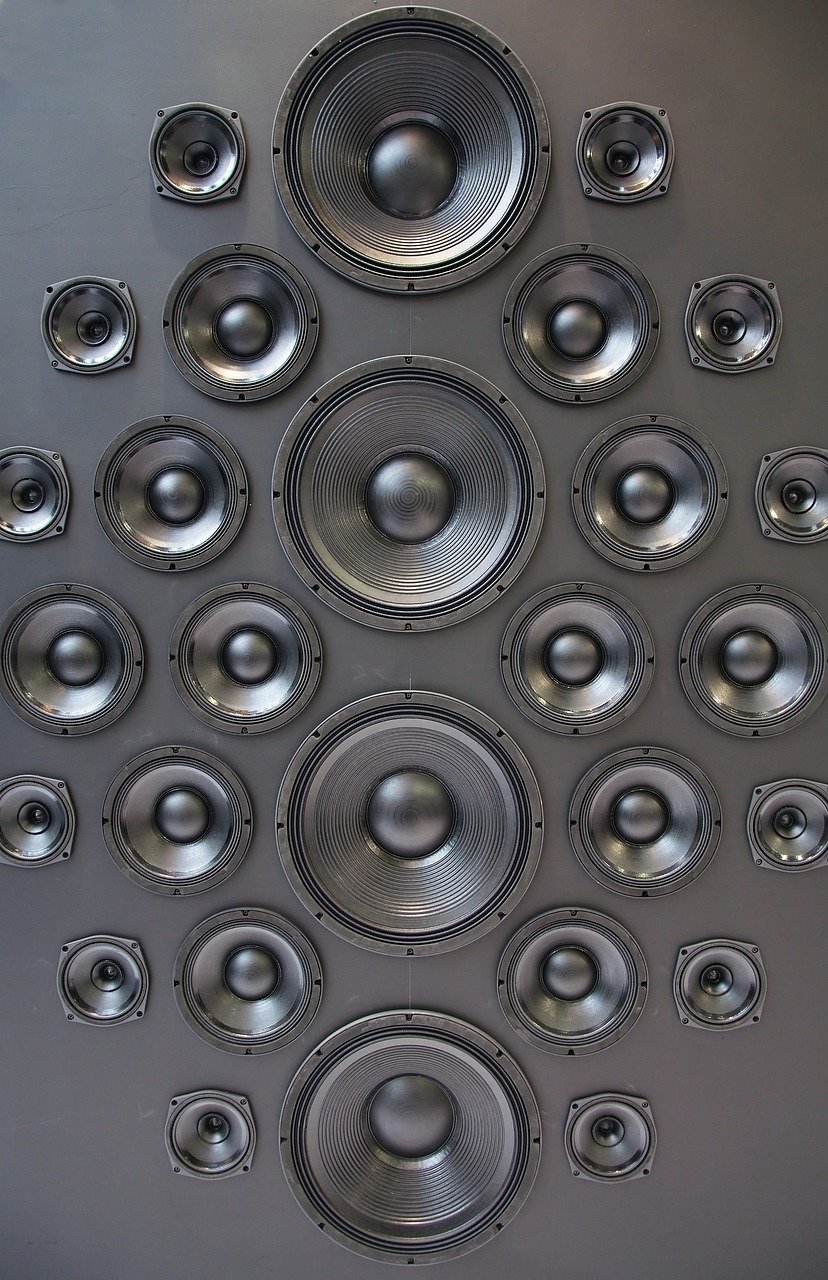Immerse yourself in the world of audio as never before with the capabilities of a surround sound system. Imagine the thrill of hearing your favorite movies, music, and games in a way that feels like you’re right in the middle of the action. That’s the power of surround sound. Beyond entertainment, a well-configured surround system can enhance your understanding of sound, making it a crucial tool for anyone passionate about music production. By leveraging both traditional setups and the latest in surround sound system wireless technology, you can create an audio environment that’s both immersive and dynamic, setting a new standard for how you experience sound at home.
In this article, we’ll dive deep into the basics of surround sound, explaining how surround sound systems work to envelop you in high-definition audio. You’ll learn the different types of surround sound formats and how choosing the right one can drastically improve your listening experience. Whether you’re setting up a new surround system from scratch or looking to upgrade to a surround sound system wireless setup, this guide will walk you through everything you need to know. Let’s embark on a journey to unlocking the full potential of your audio setup, ensuring you’re not just listening but truly experiencing every note, dialogue, and sound effect like never before.
The Basics of Surround Sound
Definition of Surround Sound
Surround sound enriches audio fidelity and depth by utilizing multiple audio channels from speakers around you, creating a sensation of sound from various directions. Initially used in movie theaters, this technique expanded the traditional three-channel system (left, center, right) by adding speakers to the sides or behind the audience.
Brief History and Evolution
The concept of surround sound dates back to 1940 with Disney’s Fantasia, where the innovative ‘Fantasound’ system used multiple channels and speakers to immerse viewers. This technology evolved through cinema and music, from the experimental ‘Fantasound’ to the discrete seven-channel sound in This is Cinerama in 1952, marking significant milestones in audio technology development.
How Surround Sound Systems Work
Components of a Surround Sound System
A surround sound system enhances your audio experience by using multiple speakers placed strategically around you. The typical setup includes a center speaker, two side speakers, and two rear speakers. Modern systems may also incorporate bookshelf or in-wall speakers for a sleek look, and subwoofers that deliver deep bass frequencies, enhancing the realism of sound effects in movies and music.
Speaker Configurations
The configuration of speakers can vary, typically dictated by the system’s designation such as 5.1, 7.1, or 9.1. The first number indicates the total speakers, providing audio from various angles, while the second represents the subwoofer channels, crucial for low-frequency sounds.
Signal Processing and Decoding
The heart of a surround sound system is the A/V receiver, acting as a hub that processes and decodes audio signals, directing them to the appropriate speakers. Advanced receivers handle various surround sound formats and may include room correction technology to optimize audio based on the acoustics of your space. Whether enjoying a film or streaming a concert, the receiver ensures seamless switching between audio sources, maintaining a high-quality sound experience.
Types of Surround Sound Formats
Dolby Digital
Dolby Digital, often considered the standard for cinematic audio, delivers up to 5.1 discrete channels of sound. Introduced in 1992, it enhances audio clarity and realism across various devices, from home theaters to mobile phones. This format uses a lossy compression method but still ensures a high-quality audio experience by precisely placing sounds within an environment, making it ideal for movie enthusiasts.
DTS
Competing directly with Dolby, DTS offers higher bitrates and less compression, which can result in better sound quality, particularly for music and sound effects. It supports up to 7.1 speaker channels and is favored by audio purists for its detailed sound reproduction. Introduced in 1993, DTS has been adopted widely across cinema and home audio systems, providing a rich, immersive audio experience.
Dolby Atmos
Dolby Atmos, a newer and more innovative format, introduces the element of height to audio playback, creating a three-dimensional sound space. Utilizing object-based audio technology, it allows sound to be placed precisely anywhere in a room, even overhead, greatly enhancing the realism and immersion of any audio environment. This format adapts to any speaker setup and is increasingly supported by streaming services and in home audio equipment.
Setting Up a Surround Sound System
To optimize your surround sound system, start with speaker placement. Position front speakers to form an equilateral triangle with your seating, ensuring tweeters are at ear level for clarity. Center speakers should be aligned with your TV, either above or below, angled towards your ears. Surround speakers enhance immersion; place them slightly above ear level and to the side or behind your seating area. Ensure all speakers are from the same brand for acoustical harmony.
Key components include the AV receiver, handling signal processing, and a subwoofer for deep bass.
Avoid common mistakes like placing the center channel too high, which can distort dialogue clarity, or using mismatched speakers, which disrupts sound uniformity. Regularly test and adjust settings with an SPL meter for balanced sound.
Conclusion
Throughout this exploration, we have delved into the intricacies of surround sound systems, encapsulating everything from its historical evolution to the technical dynamics of creating an immersive audio environment at home. By understanding the components, configurations, and formats—ranging from the traditional Dolby Digital to the groundbreaking Dolby Atmos—we’ve unlocked the potential for readers to elevate their audio experiences, whether for cinematic ventures, music enjoyment, or gaming escapades. The journey from mono to multidimensional sound not only enhances entertainment but enriches our auditory interaction with digital media, affirming the importance of sound in crafting authentic and engaging experiences.
As we conclude, the emphasis remains on the transformative power of surround sound in transcending the conventional listening experience. The careful selection and setup of a surround system can significantly impact the quality of sound, bringing a depth and realism to audio that pulls you into the heart of the action. It is clear that the future of audio is in creating spaces where sound is not just heard but felt, involving us in a more intricate and intimate level with our media. For enthusiasts and newcomers alike, the evolution of surround sound systems promises a continuing revolution in how we experience and produce ourselves in the world of sound, marking a pivotal chapter in the ongoing saga of audio technology advancement.
FAQs
1. How does surround sound enhance audio quality?
Surround systems, while not universally superior to stereo systems, often provide a more impactful and immersive audio experience. The quality of the sound can feel more enveloping compared to traditional two-speaker setups, depending on the system’s quality.
2. What are the benefits of using a surround system?
A surround system offers a significant enhancement in audio immersion compared to soundbars, particularly in environments such as watching sports. With a 5.1 surround system, you can experience ambient sounds like crowd noise, which adds to the realism and can make you feel as if you’re actually at the event.
3. In what ways does surround sound improve the movie-watching experience?
Surround systems utilize multiple speakers placed around the viewer to deliver sound from various directions, unlike stereo sound which uses only two sources. This arrangement allows for a more dynamic and lifelike audio experience, which is particularly beneficial for films and TV shows that rely heavily on directional audio cues.
4. Why is surround sound considered important in home audio systems?
Surround sound significantly enhances the realism of audio playback by creating a three-dimensional soundscape. This immersive audio experience makes viewers feel like they are inside the movie or show, with balanced and amplified sound that highlights every detail. This makes it a crucial element for the ultimate home theater experience.
This post may contain affiliate links. If you make a purchase through these links, we may earn a small commission at no additional cost to you.








